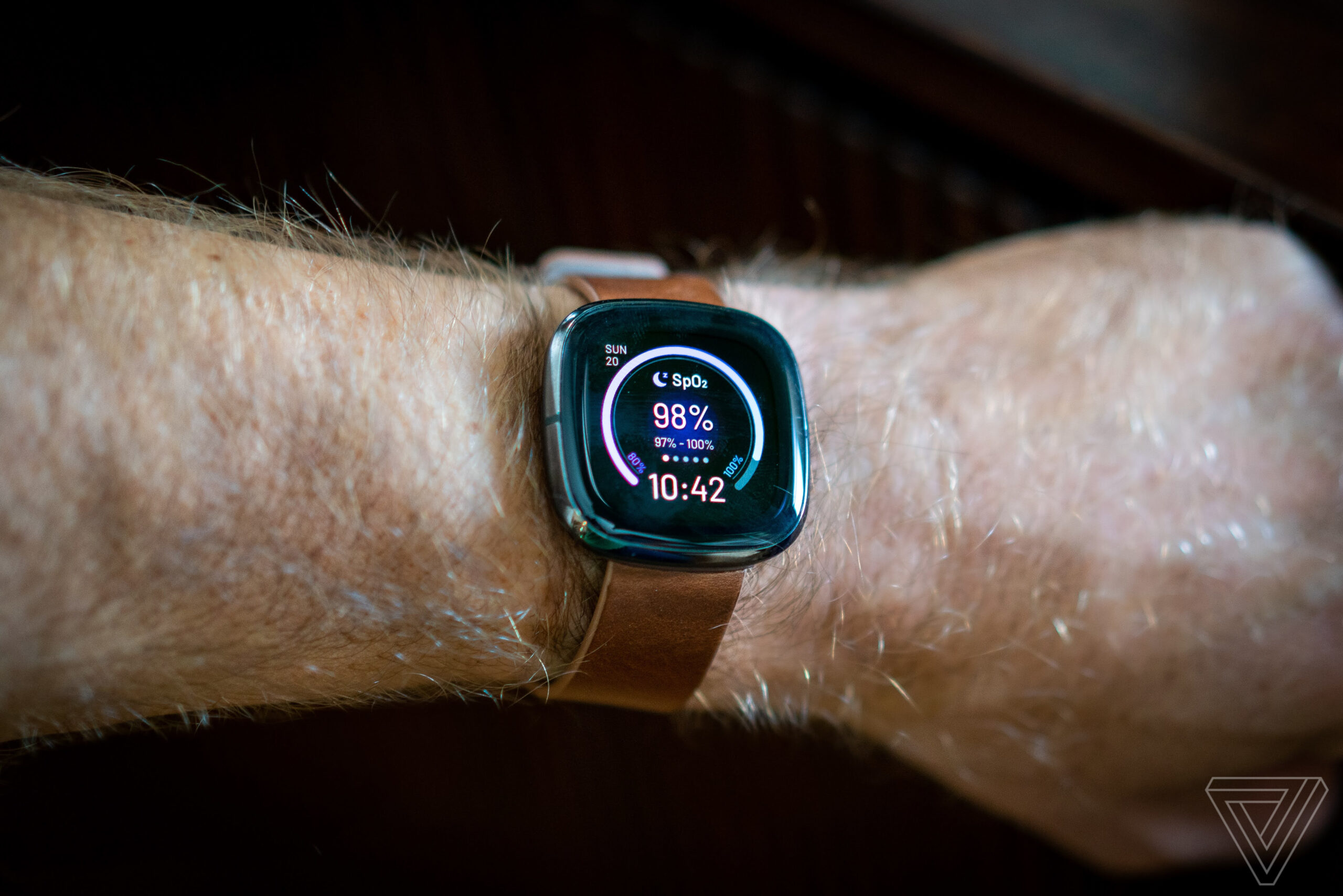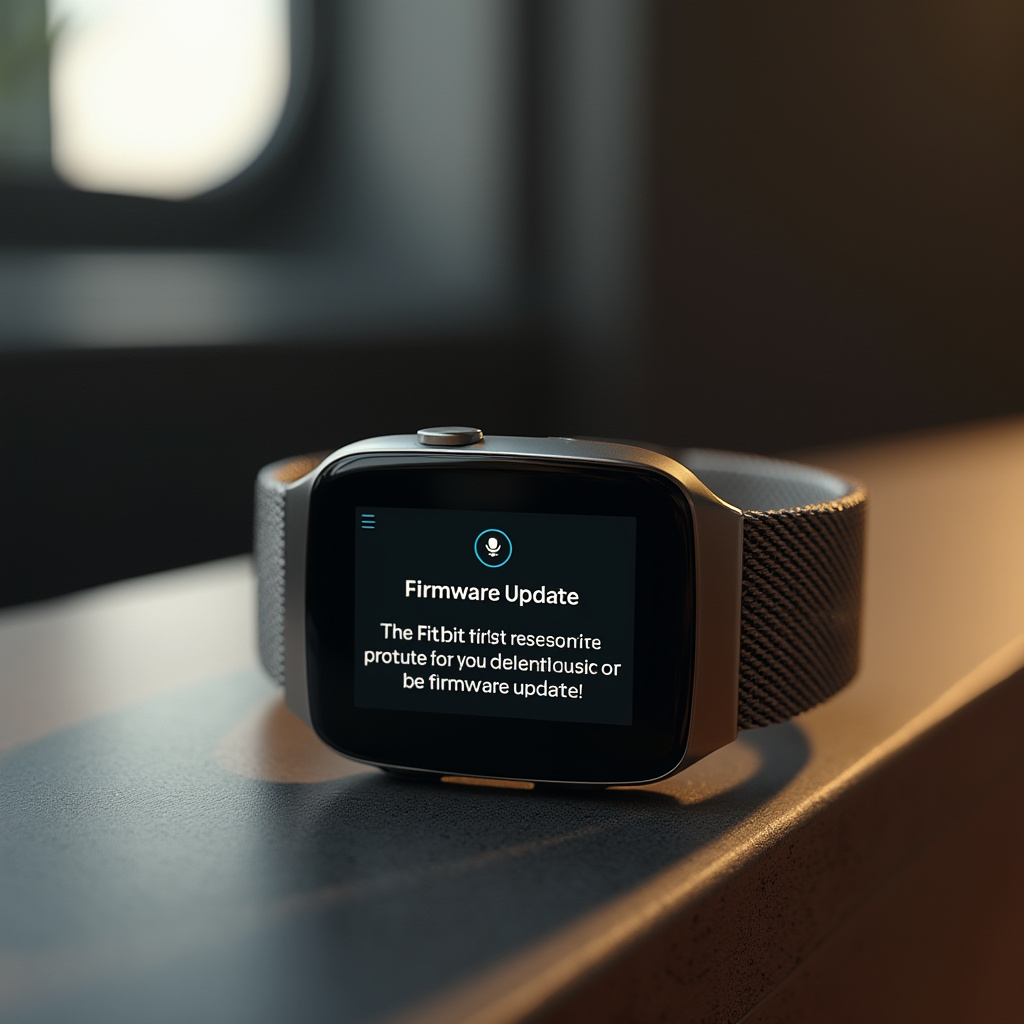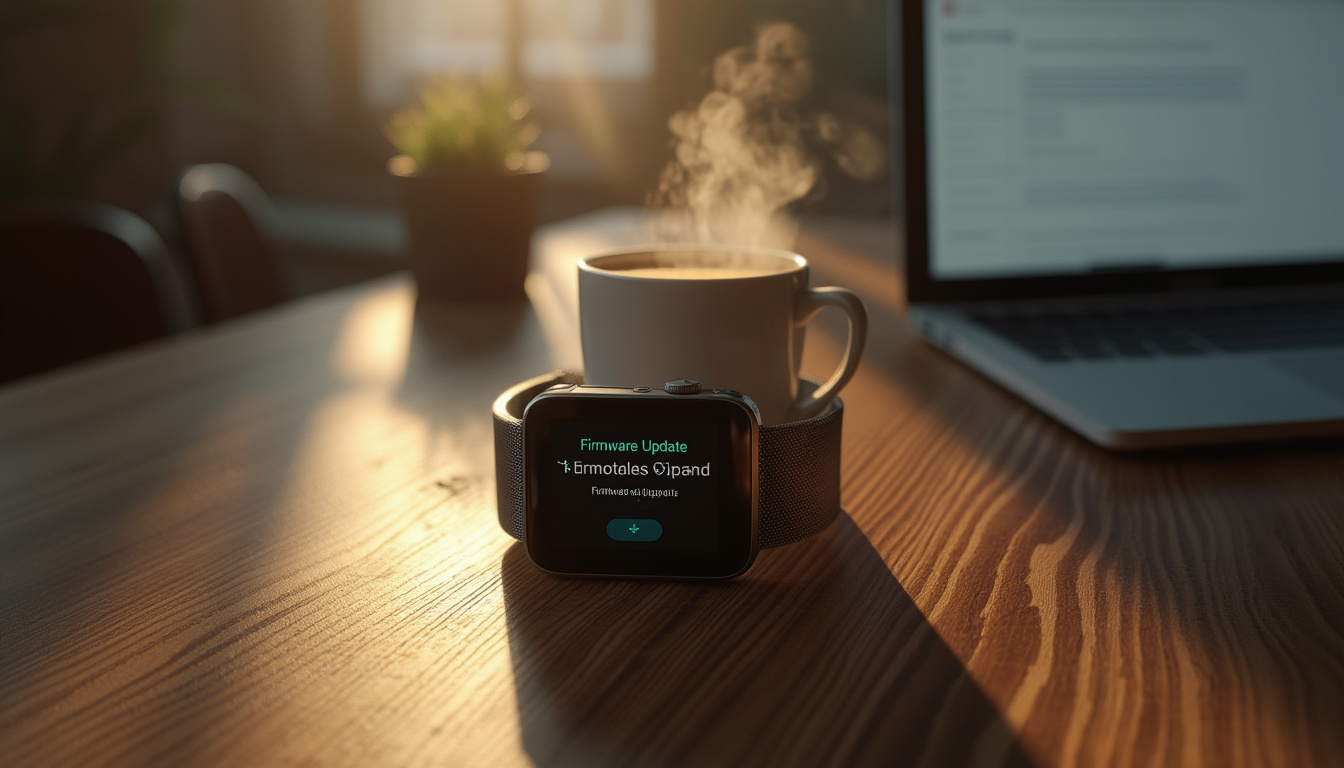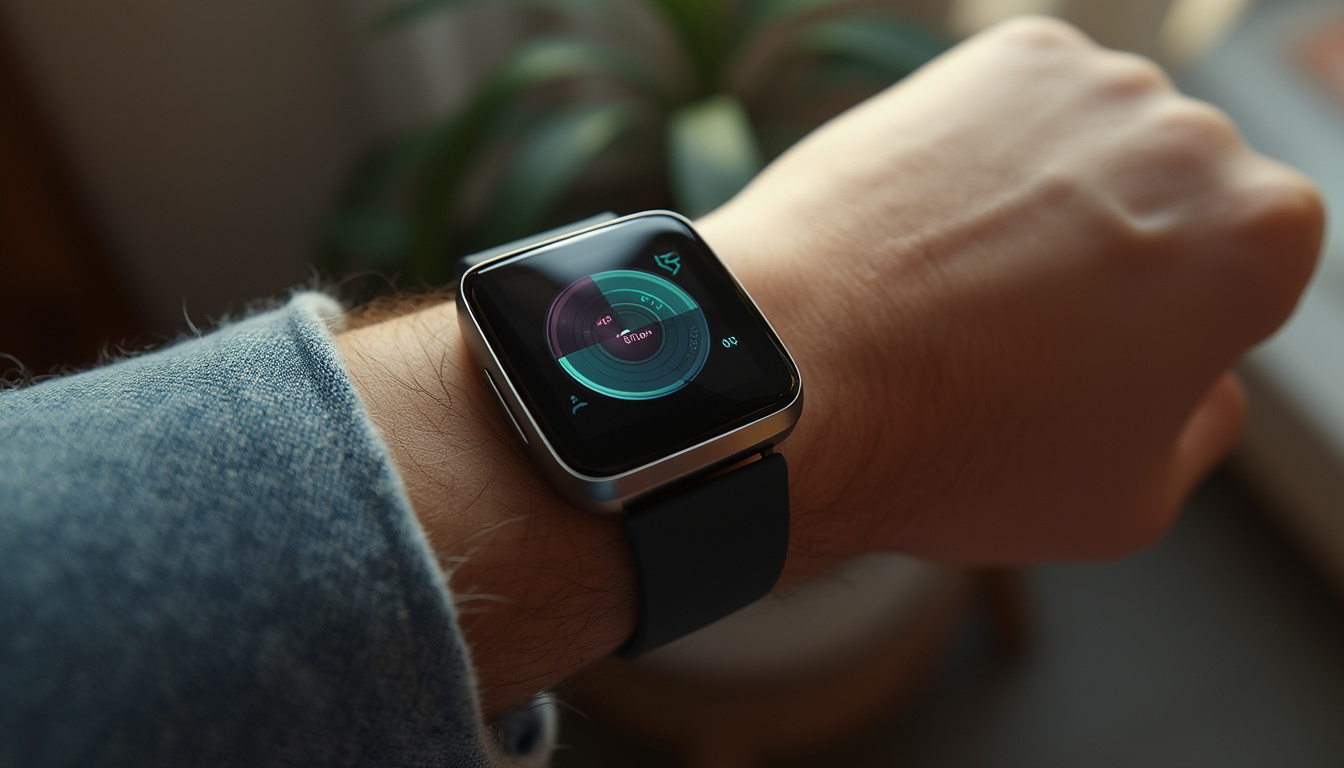
Fitbit, a leading name in wearable technology, has recently announced a critical issue affecting some of its smartwatch models. Users of the Fitbit Sense and Versa 3 devices have reported battery overheating, posing a potential safety risk. To address this problem, Fitbit is rolling out a firmware update aimed at enhancing battery stability and reducing the risk of overheating. However, this solution comes with a trade-off: the update will shorten the battery life of affected devices, requiring users to charge their smartwatches more frequently. Not all Sense and Versa 3 devices are impacted by this issue. Fitbit is actively reaching out to affected users through the Fitbit app and email. For those who suspect their device is affected, a support form on Google’s page is available to check eligibility. As a goodwill gesture, Fitbit is offering a $50 credit to eligible users who have been inconvenienced by this issue. To qualify, users must complete the aforementioned form on the support page. This isn’t the first time Fitbit has faced challenges related to overheating. In 2022, the company dealt with two lawsuits: one involving the Fitbit Ionic watches and another related to the Sense and Versa models. It’s worth noting that newer models, such as the Fitbit Sense 2 and Versa 4, are not affected by this battery issue. However, Google has decided to discontinue both of these smartwatch lines, marking a significant shift in their product strategy. For users with affected devices, it’s crucial to install the firmware update when prompted. This step is essential to avoid safety risks and prevent automatic factory resets that could erase personal data. While the update will reduce battery life, it’s a necessary measure to ensure user safety. The firmware update addressing the battery overheating issue is crucial for user safety. While it improves battery stability and reduces the risk of overheating, the trade-off of shorter battery life means users will need to charge their devices more frequently. This change may impact the overall user experience, particularly for those who rely on their smartwatches for extended periods without charging. Fitbit’s history of similar issues, including the 2022 lawsuits over the Ionic and earlier Sense and Versa models, raises questions about the company’s quality control and long-term product reliability. These recurring problems could affect consumer trust, especially as the wearable technology market becomes increasingly competitive. Google’s decision to discontinue the Sense 2 and Versa 4 lines, despite not being affected by the current battery issue, signals a broader shift in their product strategy. This move leaves many wondering about the future of Fitbit’s smartwatch lineup and whether Google will focus more on other wearable technologies or integrate Fitbit’s features into new products. For users with affected devices, the firmware update is not just a recommendation—it’s a necessity. Failing to install the update could lead to automatic factory resets, resulting in the loss of personal data. While this may seem inconvenient, the update is designed to prioritize user safety and prevent potential hazards associated with overheating batteries. As Fitbit works to address this issue, users are encouraged to stay informed through the Fitbit app and official communications. The company’s support channels remain available for those with further questions or concerns about the update or eligibility for the $50 credit. Fitbit’s recent battery overheating issue in the Sense and Versa 3 models highlights a critical challenge for the company. While the firmware update addresses safety concerns, it comes at the cost of reduced battery life, impacting user convenience. The recurrence of such issues raises questions about Fitbit’s quality control and long-term reliability, especially as the wearable market grows more competitive. Google’s decision to discontinue the Sense 2 and Versa 4 lines, despite not being affected by the current problem, signals a significant shift in their strategy. This leaves users and enthusiasts wondering about the future of Fitbit’s smartwatch lineup and whether Google will integrate Fitbit’s features into new products or explore other wearable technologies. For now, affected users must prioritize installing the firmware update to ensure safety and prevent data loss. Fitbit’s $50 credit offer is a goodwill gesture, but the company will need to work harder to regain consumer trust and demonstrate its commitment to producing reliable, high-quality devices. Fitbit is contacting affected users through the Fitbit app and email. You can also check eligibility by filling out the support form on their official page. The firmware update improves battery stability and reduces the risk of overheating. However, it may shorten battery life, requiring more frequent charging. Eligible users can claim the $50 credit by completing the form on Fitbit’s support page. Further instructions will be provided after submission. Failing to install the update could lead to automatic factory resets, resulting in the loss of personal data. It’s essential to update to ensure user safety and prevent potential hazards.
Fitbit’s Got a Battery Problem

Understanding the Impact and Next Steps

Conclusion
Frequently Asked Questions
How can I check if my Fitbit device is affected by the battery issue?
What does the firmware update do?
How do I claim the $50 credit?
What happens if I don’t install the firmware update?

 Fitbit Battery Issues: How Power Problems Are Frustrating Users
Fitbit Battery Issues: How Power Problems Are Frustrating Users
0 Comment